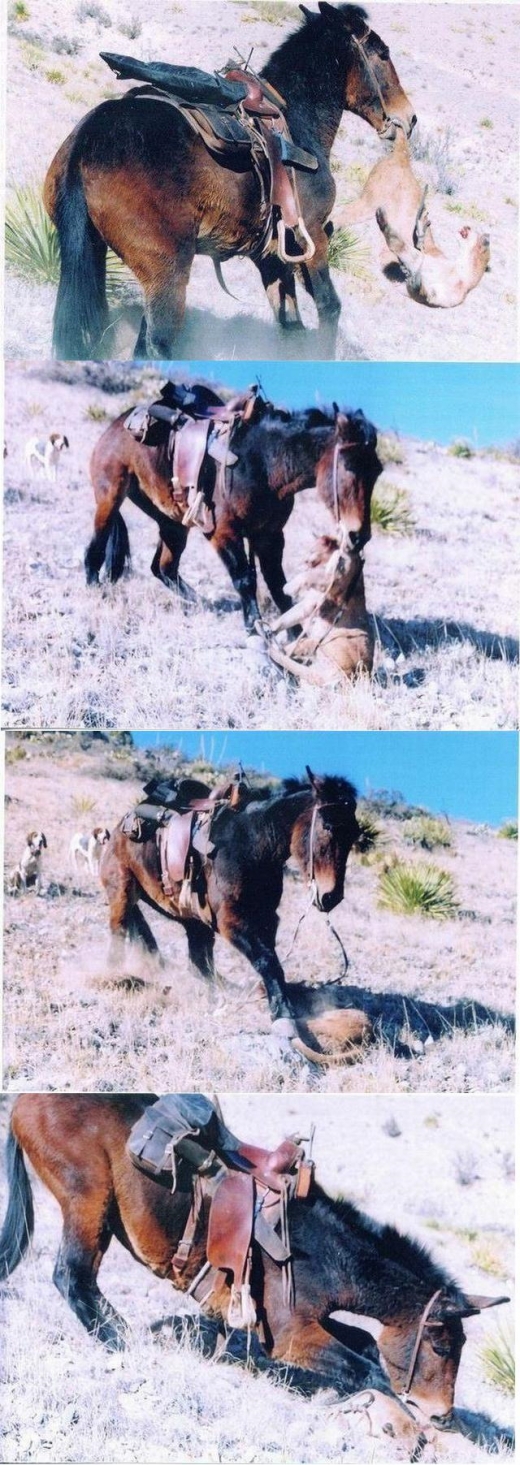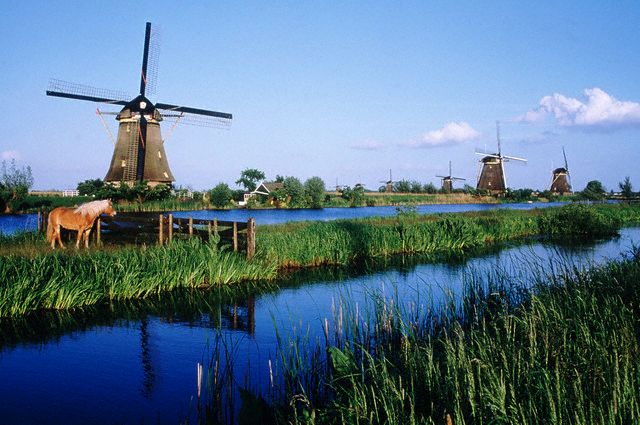
I always wondered if this ever happened. Now I know..
A Green Heron does a little bait fishing. An amazing bird. If no bread is around, they will us insects. Another example is below.
In summer, this bird is found everywhere in the U.S. east of the Mississippi River, and it winters in Mexico, Central America, and northern South America.
.
A repost from June 2005.
The hunting community has given a LOT of serious thought to ethical hunting and perhaps this is a topic over-due for discussion in the arena of working terriers.
As the folks at Boone and Crockett note:
"We live in a democracy where in the rules by which we live are determined by majority vote. For those who value hunting, it is fortunate that the majority of the population who do not hunt tolerate or accept hunting. If hunting is to survive to be practiced by future generations, we must preserve, enhance, and protect the image of hunting, hunters, and land stewards as a positive force in wildlife conservation."
"As hunters and land managers, we are in the 'image business' - even more so now than at the turn of the century when 'fair chase' was proposed as the underlying foundation for hunter ethics. For sportsmen to continue to be the dominant force in setting wildlife resource policies we must, and foremost understand our role as conservationists. We should take pride in accomplishments and recognize, and assume the responsibilities that have been passed to us by our hunting forefathers. If we don't stand up for wildlife and its habitats, who will? We are, in the end, a 'band of brothers and sisters' in that what we do individually affects us all."
.

Francis Galton, Charles Darwin's cousin, invented the inadudible dog whistle.
The original whistle was made of a brass tube with an internal diameter of approximately 2 millimetres. By moving a small plunger, the size of the resonanting cavity in the whistle could be changed, enabling the pitch of the whistle to be altered from audible up into the ultrasonic range, which humans cannot hear but which dogs can. Galton was able to determine that the normal upper limit of human hearing was about 18kHz.
Galton, of course, also invented the field of eugenics, fingerprint indentification, and mathematical correlation and regression.


In the U.S. our digs tend to be shallow -- in the 2-3 foot range is very normal. Many settes are also located in the tight confines of crowded hedgerows where rocks and roots may make digging with a shovel difficult. As a consequence, many folks find a posthole digger a useful tool to quickly break into a den pipe -- a feat that is speeded up even further if it is possible to take the first foot or two of soil off with a shovel.
Used in a conventional fashion, the hole made by a posthole digger is too small to give the dog enough room to enter properly. In order to get a hole big enough to enter a dog or pull quarry, you need to bore several over-lapping holes with the posthole digger.
A traditional posthole digger can be found in most good hardware stores and will cost $40 to $60. You want a "Hercules-style " posthole digger that has big and deep jaws, not the smaller and lighter "Atlas" type which is close to useless. Protruding bolt threads should be epoxied so that the nuts cannot come loose and rattle off while working in the field.
To read an illustrated Field Guide to Posthole Diggers >> click here.
.

A couple living in Montana were outside with a mule and 2 dogs. He with a gun (he is a hunter), she with a camera. A cougar that was nearby decided that he would have a dog for dinner.It seems the lion was already dead when the mule tossed it around. The real story is supposed to be this one.
The hunter saw the animal so he wanted to shoot in the air to scare the beast but did not even have time to do that -- the cougar was already approaching a dog. Here is the incredible part of the story: the mule snatched the cougar up by the tail and started whirling him around banging its head on the ground repeatedly. Then the mule dropped it on the ground, stomped on it and held it by the throat. The mule got down on his knees and began to bite the creature a dozen times. The poor animal could not do anything ...
The hunter did not even need to shoot and the woman was able to take these 4 exceptional pictures.

 From Hawaii comes this story of police with too much time on their hands:
From Hawaii comes this story of police with too much time on their hands:Police Cite Dog Walkers Along Kapiolani Park
Dan Falardeau walks his dog, Joey, seven days a week. On Friday, two police officers stopped Falardeau.
"The officers told me that I was being ticketed for having my dog in a city park, and I tried to explain to them that I am on the sidewalk because I walk through here every single day, and couldn't I get a warning and they said, 'This was on the order of the mayor's office,'" Falardeau said.
Mayor Mufi Hannemann's office said there was no directive from it to ticket dog owners.
Waikiki police said they are ticketing because of many complaints about dogs in Kapiolani Park. They said they warned some dog owners on Thursday.
The pathway where Falardeau was walking his dog is actually part of Kapiolani Park and different from a regular sidewalk. There are signs warning no animals allowed. Police ticketed three other women walking their dogs on leashes on the same sidewalk along the park Friday.
The citation is for a criminal offense, a petty misdemeanor prohibiting animals in parks. It requires a court appearance.
"I keep him on a leash. I pick up his poop. He's got a license and I don't quite understand this and now he's a criminal," Falardeau said.
Regular beachgoer Patrice Scott said she was surprised by the crackdown on leashed dogs.
"I just think it is crazy. How could you get a ticket for walking your dog? I don't understand," she said. "Seems like there are a lot of better things to be writing people up for like speeding."
Other dog walkers KITV spoke with called the ticketing "ridiculous.
.

I have stumbled on rural graveyards with the dogs, but I never dig anywhere near them for obvious reasons.
.


NATIONAL HUNTING AND FISHING DAY, 2009
BY THE PRESIDENT OF THE UNITED STATES OF AMERICA
A PROCLAMATION
From atop Pikes Peak to the shores of the James River, Americans celebrate the great abundance and utility of our natural resources. Since our Nation's founding, hunters and anglers have cherished these unparalleled natural gifts and marveled at their untamed beauty. National Hunting and Fishing Day recognizes the contributions of millions of Americans who continue to engage in these ageless pursuits.
Following in the centuries-old footsteps of the pioneers who walked before them, hunters and anglers have played a key role in the conservation and restoration of numerous species and their natural habitats. They not only understand their pivotal role as stewards of the land, but also seek to pass on this honored tradition to future generations.
As our citizens continue to enjoy our Nation's natural resources, we must remember that this privilege brings great responsibility. Not long ago, hunting threatened the extinction of the American Bison, an enduring symbol of the American West. Today, their population has recovered because of the cooperative efforts of conservationists and hunters. Many species, however, still require our protection. We can no longer look to our wilderness, as some once did, as land full of unlimited bounty and surplus. Recognizing the need for conservation, our hunters and anglers have worked hard to manage local ecosystems where wildlife remain, as well as to protect those areas where they are slowly re-establishing viable populations.
Our national character, always evolving, finds its foundation in those timeless American ideals of freedom, fairness, and self-sustainability. Today's hunters and anglers bring this spirit to life in the forests and streams they visit. If not for America's great hunters and anglers, like President Theodore Roosevelt and Aldo Leopold, our Nation would not enjoy sound game management; a system of ethical, science-based game laws; and an extensive public lands estate on which to pursue the sports. On National Hunting and Fishing Day, we celebrate their contributions to our natural environment and our national heritage.
NOW, THEREFORE, I, BARACK OBAMA, President of the United States of America, by virtue of the authority vested in me by the Constitution and the laws of the United States, do hereby proclaim September 26, 2009, as National Hunting and Fishing Day. I call upon the people of the United States to recognize this day with appropriate programs and activities.
IN WITNESS WHEREOF, I have hereunto set my hand this twenty-second day of September, in the year of our Lord two thousand nine, and of the Independence of the United States of America the two hundred and thirty-fourth.
BARACK OBAMA



"The whole of the Delta Works can be had for one year's army budget, a mere trifle in the state economy of centuries."

Imperial man shoots himself in the head while teaching firearms safety
KSDK -- An Imperial man is dead after accidentally shooting himself in the head while teaching his girlfriend firearms safety.
Sheriff Glenn Boyer said that on Friday, deputies responded to 4307 Rock Valley Court in Imperial for a shooting. Investigators found 40-year-old James Looney with a gunshot wound to the head.
According to witnesses, Looney was demonstrating how to use the different safety mechanisms on several guns to his girlfriend. The witnesses said Looney would put the guns to his head, and before pulling the trigger, would ask her if she thought the gun would go off. With the first two guns, the safety mechanisms worked. The third gun fired.
Looney was transported to an area hospital, where he was pronounced dead the next morning.
According to witnesses, Looney was going to take his girlfriend to the shooting range the next day, but insisted on the lesson on firearm safety the day before.
Deputies believe alcohol was involved.
 Did Gale Norton, Secretary of the Interior in the Bush Administration, sell out the environment for a cushy job with Big Oil?
Did Gale Norton, Secretary of the Interior in the Bush Administration, sell out the environment for a cushy job with Big Oil?
Gale Norton was not just toxic to the enironment -- she also seems to have surrounded herself with people who were "ethically challenged."
 Roadkill is a 20th Century phenomenon, which is to say that we did not have it in the 19th Century when the roads were populated by horses and carriages.
Roadkill is a 20th Century phenomenon, which is to say that we did not have it in the 19th Century when the roads were populated by horses and carriages..



 The black-helicopter crowd is banging the gong to make sure ACORN, a community organizing group for the poor, never gets any Federal money for anything ever again, and never mind that ACORN has not been found guilty, and is a small-potatoes recipient of Federal money.
The black-helicopter crowd is banging the gong to make sure ACORN, a community organizing group for the poor, never gets any Federal money for anything ever again, and never mind that ACORN has not been found guilty, and is a small-potatoes recipient of Federal money."My own view is the hunting ban is a bad piece of legislation, it hasn't worked, it has made a mockery of the law, a lot of time was wasted on it, and I think we would be better off without it. That gives you a clue to how I will vote."
.
Rest in Peace Mary Travers. This song, by the way, was written by Pete Seeger.
.






